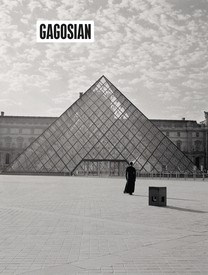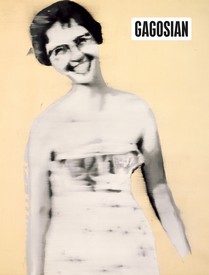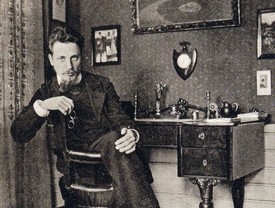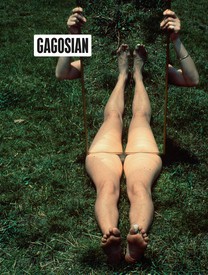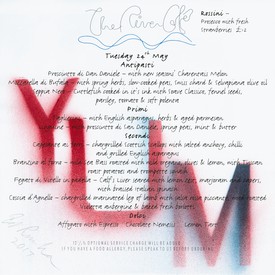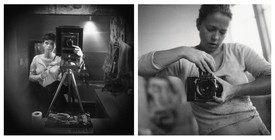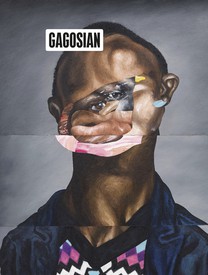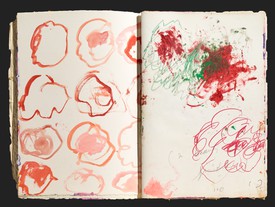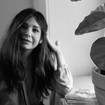
The poet and essayist Anne Boyer is the inaugural winner of the Cy Twombly Award for Poetry, from the Foundation for Contemporary Arts, and a 2018 Whiting Award winner. Her latest book, The Undying (2019), won the 2020 Pulitzer Prize in General Nonfiction.
To read and to make nothing is to make a cathedral of oneself, the invisible kind that has no use for the general worship, points to no god but the one that is lost. That cathedral is fragile, always degrading, exhausting to repair, lost when a life is. To live quietly, inactive, and alone with all one’s hoarded reading is to live with a mind that is both alien and overcrowded, to exchange one’s thoughts for Homer’s or Keats’s, the dead poets always going on about Achilles or idleness or the sea.
To read and to make nothing, too, is to live in a lapsing ecology, all impressions out of balance, input and output disrupted, any possible equilibrium always impossible. To read and make nothing—no conversation, no further literature, no instruction, no notes—is to have only half-read, the necessarily transmutable untransmuted, all materials that exist most fully in their realization perpetually left unrealized.
But to read and make something—in Cy Twombly’s case an entire art, from beginning to end—is to have read the literature all the way through. Cy Twombly’s work is the work of a total reader. His work is marginalia so amplified that the world itself—the sea, wars, grief, love—is all text, and any flat surface the margins to which he is compelled.
Reading is a process of the body, the object of a book or page in hand, words entering through the eyes, the entered words then creating impressions and sensations, these sensations then resulting in the reader’s gestures—now you move your eyes, now you have wanted something, now you turn the page, now you have felt, now you make a mark with your pen. Any gesture a reader makes is as biological and responsive as any other act of love, and Twombly’s work is to date that love’s—the readerly kind’s—most ardent and realized expression.
Many people who love poetry as much as Cy Twombly did can only approach the enormity of this love by making more poetry. To write more poetry always seems—at least to the poets I know—like a failed expression of love for poetry. A poet is always falling short of her poem, but Twombly bypassed the poet’s always surprised failure by knowing from the start that this failure is a precondition of this love. What Twombly did in the perfect face of poetry is gesture, again and again, in humble and perseverating devotion to an art that, of all of them, always exceeds itself. His gestures, like any lover’s, are evidence that he was moved, and moving, but beyond that love, he knew not toward what. And this space beyond knowing—what Keats once called “negative capability”—is the real site of any poem.
Cy Twombly’s is a response to poetry that could neither accept the degradations of making nothing from his love nor perform the hubris of pretending that poetry will ever live up to poetry. It is no wonder, then, that the poets love Cy Twombly, who seems at all times to stand both among us and apart from us. No matter how far Twombly’s practice gets dislocated from its roots in poetry by a marketplace that prefers to understand art in the diminishment of money and not in the amplitudes of love, every work by Cy Twombly is an irrefutable act of devotion to an art—poetry—that in its very substance repels this materiality.
View portfolio
Artwork © Cy Twombly Foundation




